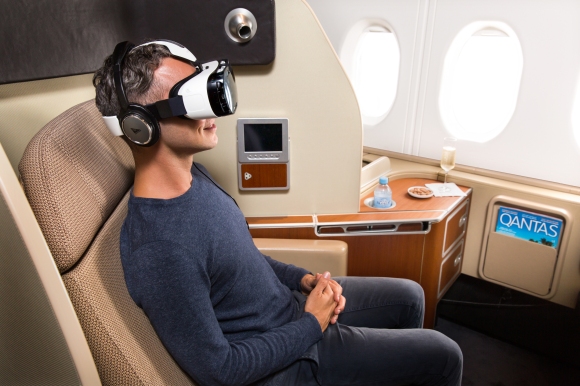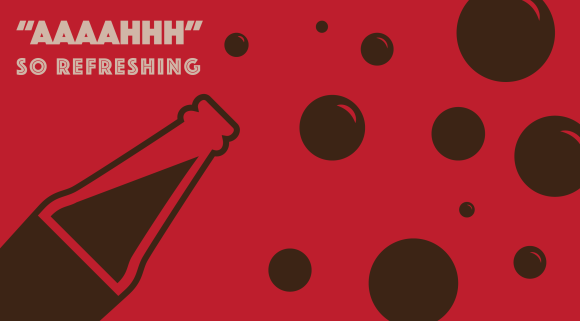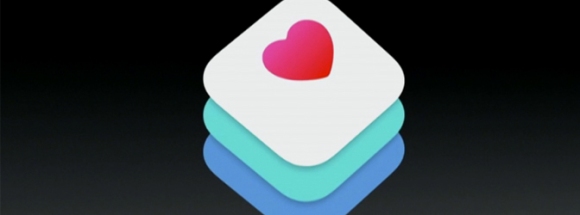
Communication in the digital age has been a topic of controversy since its inception. Most of us have embraced it with open arms and are now more connected to our friends, family and colleagues than ever before. On the other hand, those of us who grew up experiencing both traditional communication methods (i.e. letters and phone calls) and the digital sometimes find that the emotion, meaning, and authenticity can be stripped from conversations. As a millennial who started my life without the marvels of a computer and smartphone but then quickly grew into them, I can say that I much prefer the digital. I find talking on the phone laborious, filled with awkward pauses and small talk which makes me incredibly anxious. However, as technology gets smarter, and we have more ways to prepare for conversations I do wonder if conversation is becoming too planned or researched, especially when you’re reaching out to someone for the first time be it for business or pleasure.
That brings me to the heart of this discussion which centers on an episode of Note to Self that featured an upcoming email service called Crystal. The service, which is currently in beta, is designed to scour the internet for information about the intended recipient and construct a profile on that person with recommendations on how best to speak to them via email. Now, all of that information is supposedly publicly available via social media profiles, blog posts, and comments or articles written about the person, but what Crystal does is basically give you a dossier on an individual that helps you have a “more effective” conversation with that person. According to the founder, he created this idea when he realized that he would unconsciously ignore emails that were long-form and would only skim through many messages. He decided that a tool that helped tell people how he liked to receive messages would be valuable for both writer and recipient. A few people on Note to Self tested Crystal to see what sorts of information it pulled and for the most part, they found it surprisingly accurate. The question, aside from the obvious privacy implications, is: is that accuracy a good thing?
I think a lot of us would be lying if we said we’d never done research on someone before we contacted or spoke to them. Especially on the business side of things, it’s important for pitches and presentations to know your audience and what they want to hear. However, I still feel that this is fundamentally different. In a way, it almost feels like catfishing where the communication and the relationship you develop is fake or deceptive. A service like Crystal takes away the work that goes into learning about a person through interaction and really getting to know them. There’s something beneficial to building a relationship organically…it keeps us human in a way. The more information and suggestion we have from technology, be it Crystal or another service, takes away our need to practice and develop our social skills because even if we know how to write in a colloquial or professional manner, it’s too guided and without thought or care.
I guess in a way it depends on whether you view digital communication, especially email as conversation or a skill. If writing effective emails is just another form of business writing and thus something you can objectively be good at, then yes, these types of services are a lot less controversial. In that case, all you’re doing is using another tool to help you in your work. But, if email is a form of conversation then I think we’re stripping the authenticity out of the way we communicate because there isn’t as much time and personality put into the way we’re talking to one another. Because in the case of Crystal, the service facilitates conversation with a specific person, I’m of the mind that those emails would be lacking in the meaning behind the words.
Despite these arguments, companies are trying to push for smarter services that add more and more context and assistance to a wide variety of tasks. What this does to each of our unique ways of engaging in those tasks remains to be seen but for now, we can still debate. What do you think of these services, are they helpful or harmful? Would you use something like Crystal to help with conversations with your personal contacts or colleagues? Let me know in the comments below.





 t mistake, this is not virtual reality; the glasses don’t take you out of the world, they are translucent so that you can still see the world around you. The headset is a computer in and of itself; it does not rely on a phone or laptop or watch to power it and while it’s running, beautifully concepted “holographic” images are projected into the air around you. The images are designed to look tangible so that it feels like you can touch and interact with them. They have depth and density and are projected in context to the real world. A blank wall might become a media center, for TV or music, or a table might have a toolbox and become a work station.
t mistake, this is not virtual reality; the glasses don’t take you out of the world, they are translucent so that you can still see the world around you. The headset is a computer in and of itself; it does not rely on a phone or laptop or watch to power it and while it’s running, beautifully concepted “holographic” images are projected into the air around you. The images are designed to look tangible so that it feels like you can touch and interact with them. They have depth and density and are projected in context to the real world. A blank wall might become a media center, for TV or music, or a table might have a toolbox and become a work station.
 Much like every tech and gadget junky out there I’ve been following a lot of the news coming out of the Consumer Electronics Show (CES). A giant conference filled with advanced and emerging technologies that will inevitably engulf our lives and make us all smiling digital beings is just how I love to start my year.
Much like every tech and gadget junky out there I’ve been following a lot of the news coming out of the Consumer Electronics Show (CES). A giant conference filled with advanced and emerging technologies that will inevitably engulf our lives and make us all smiling digital beings is just how I love to start my year.

